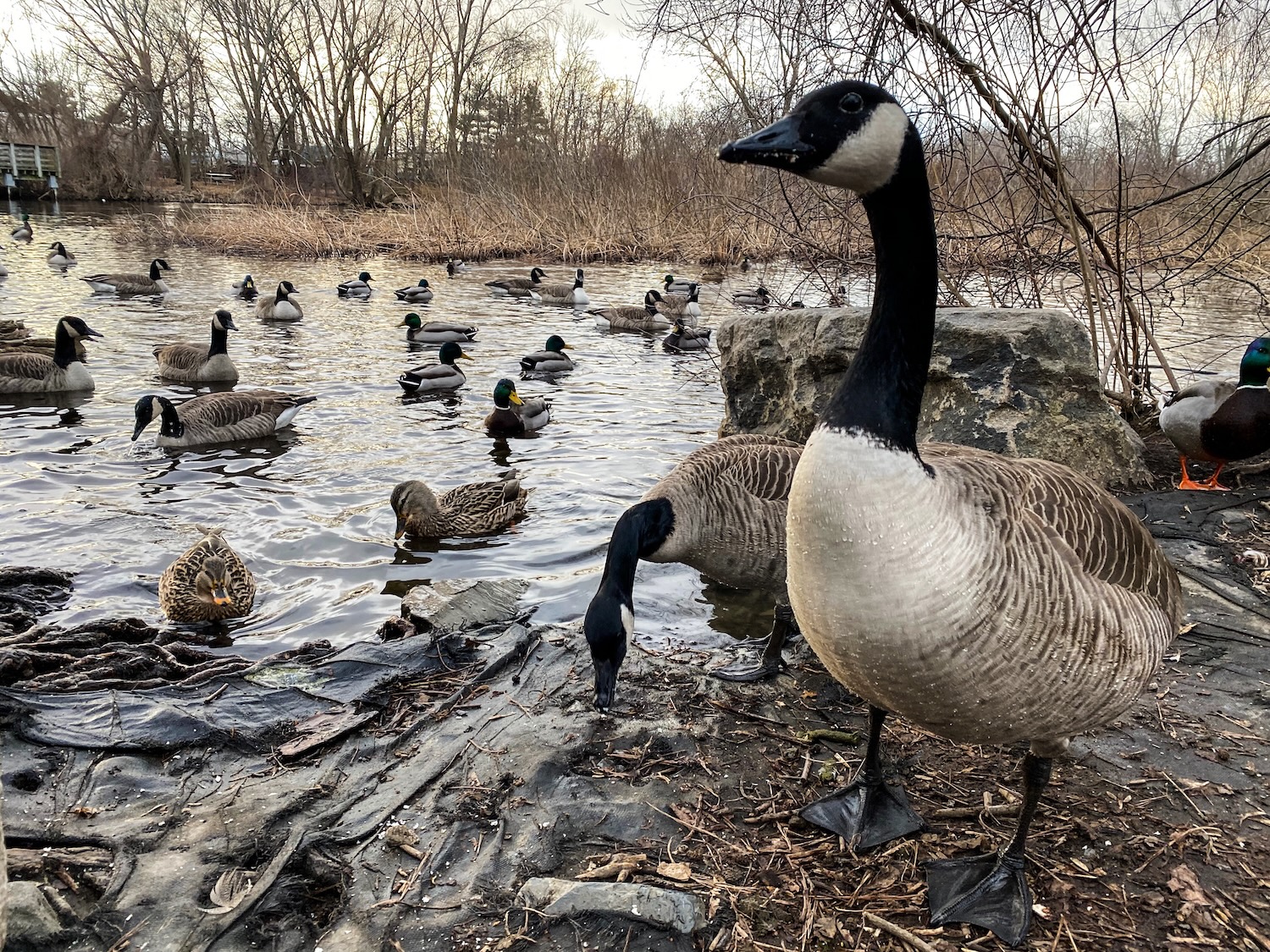
Anyone with good cow sense can spot a cow with droopy ears, sunken eyes, rough coat, drainage from the nose or that is off feed. But identifying which cows will become ill before any of these symptoms appear is not as easy to do. That’s where monitoring rumination time comes in.
Healthy mature cows, on average, spend between 7 to 9 hours ruminating each day. First- lactation cows average about 463 min./day ruminating, and multiparous cows average about 522 min./day. Research has shown that a reduction in rumination time often occurs right before calving, when in estrus, during heat stress, and when developing a health issue.
Today there are a variety of wearable sensors that can accurately report changes in rumination time, activity and other parameters directly to your smartphone or computer. Many dairy producers have learned to use rumination time to alert them to subclinical health issues and for estrus detection in lactating cows.
While previous research has primarily focused on postpartum cows, a few studies have examined rumination time in prepartum cows. Those studies focused specifically on using rumination data as a predictor of calving time and postpartum metritis. But new research from the University of Guelph took a more comprehensive look at what could be learned from monitoring rumination time in prepartum cows. They found that monitoring rumination time during the last week before predicted calving date provides powerful insights into cow health, subsequent milk production, reproduction, and culling in the upcoming lactation.
In the year-long study conducted on a commercial dairy, 536 total pregnant cows were fitted with a collar that contained an electronic sensor to measure rumination time and physical activity. Collars were worn during the 21-day prepartum period through 15 days in milk. Blood samples were also collected periodically for about 2 weeks before and after calving. Researchers or trained farm personnel monitored cows daily during the postpartum period for any clinical signs of disease.
Of the 536 cows, 199 were nulliparous (first-calf heifers) and 337 were parous (second or greater calf).
When cows were separated by parity, ranked in order by prepartum rumination time, and separated into thirds, differences emerged. In nulliparous cows, the average daily rumination time was 388, 458, and 521 ± 4 min./day for cows with short, moderate, and long rumination times respectively. In parous cows, the average daily rumination time was 374, 461, 531 ± 3 min./day for cows with short, moderate, or long rumination times respectively.
Among the researchers’ conclusions were:
- Prepartum rumination time (RT) can be used as an indicator of postpartum clinical disease in parous cows (second or greater calf). It was not found to be as useful in predicting outcomes for first-calf heifers.
- In parous cows, reduced RT in the last week before calving was negatively associated with overall metabolism of transition cows; the incidence of clinical disease during early lactation; and subsequent milk production, reproduction, and increased risk of culling.
- Parous cows with shorter-than-average RT had the highest risk for postpartum health problems and subpar performance.
- Parous cows with short RT had a greater incidence of uterine disease (retained placenta and metritis). In this “short RT” group, 34.8% developed uterine disease compared to just 16.9% of cows with long RT.
- Pregnancy rate differed by RT. At 210 days in milk, only 75.5% of parous cows with short RT were confirmed pregnant compared to 90.1% of parous cows with long RT.
- Researchers determined that a drop in RT of 53 minutes or greater from group average could be used to identify which parous cows were most likely to have postpartum setbacks in health, milk production, and/or reproductive.
To learn more about this research, please go to: https://www.journalofdairyscience.org/article/S0022-0302(24)00848-8/fulltext








